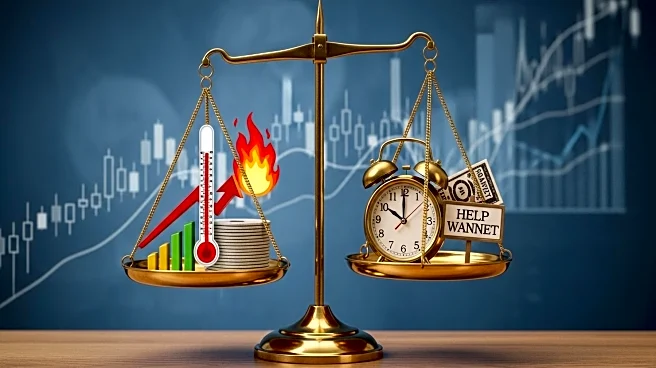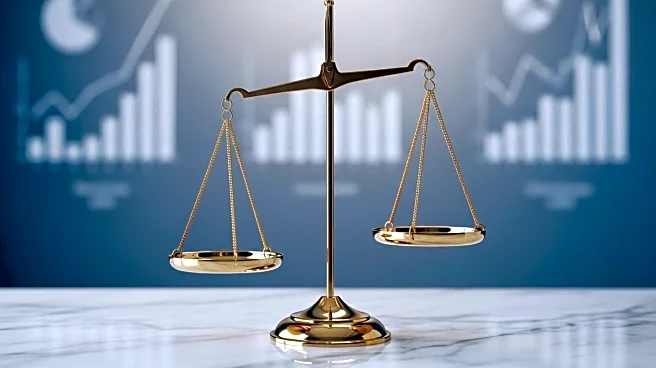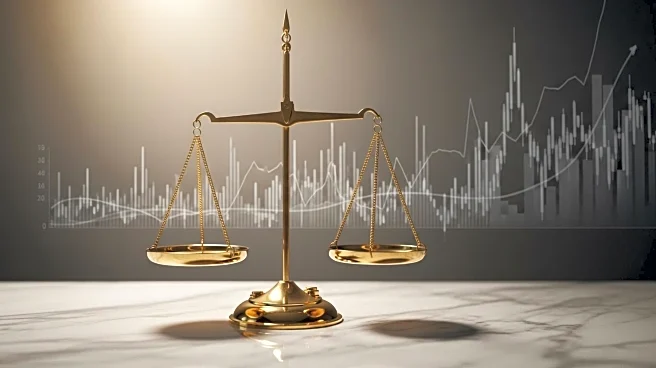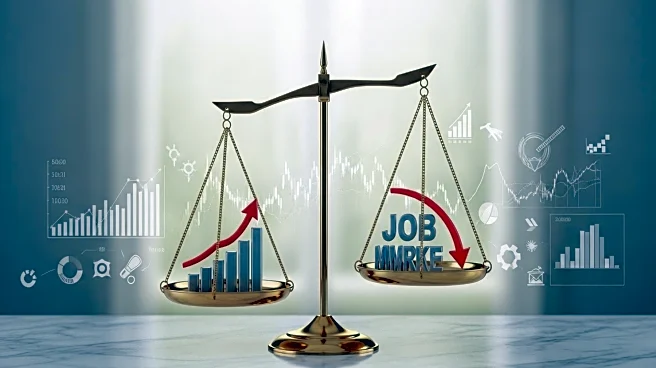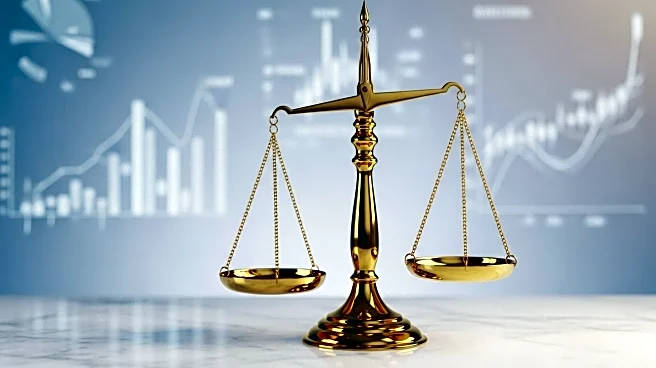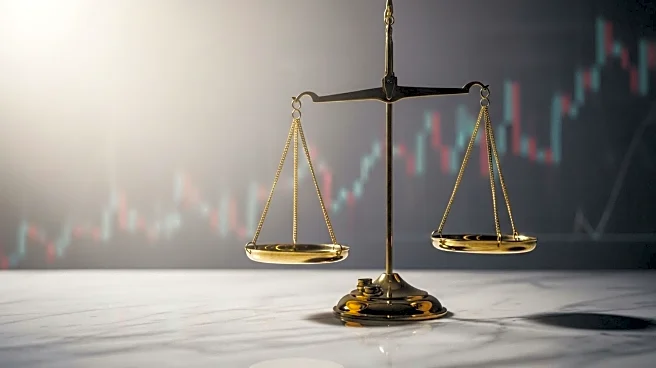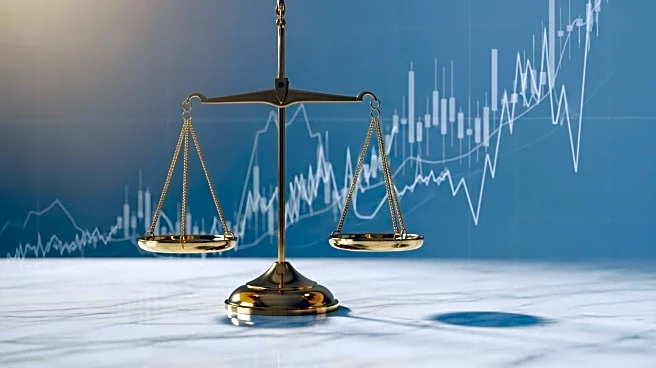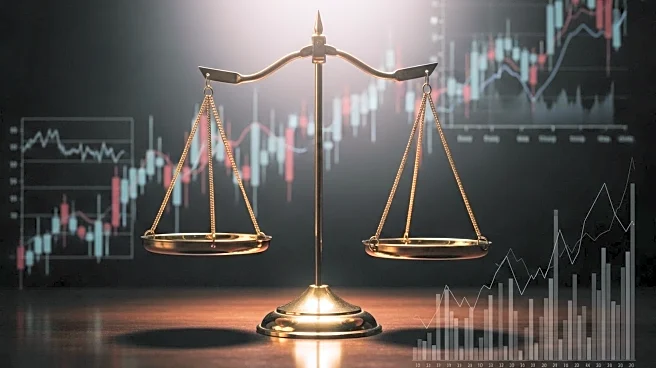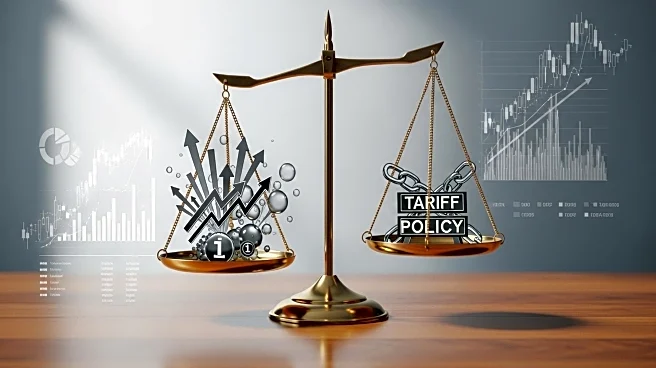What's Happening?
The U.S. economy is experiencing a notable increase in inflation, with the Consumer Price Index (CPI) rising by 2.9% annually as of August 2025, marking the fastest pace this year. This development comes alongside a slowdown in the job market, as reported by the Bureau of Labor Statistics. The unemployment rate has increased to 4.3%, and jobless claims have reached their highest level since June. Despite these challenges, the Federal Reserve is contemplating a potential interest rate cut to stimulate the economy. Ed Yardeni, president of Yardeni Research, expressed skepticism about the need for such stimulation, citing ongoing economic growth and inflation exceeding the Fed's 2% target.
Why It's Important?
The current economic scenario presents a complex challenge for the Federal Reserve, which must balance its dual mandate of controlling inflation and ensuring full employment. The rising inflation, driven partly by tariffs and increased costs in various sectors, could lead to reduced consumer spending and business investment. This situation poses a risk of further weakening the labor market, which is already showing signs of strain. The Fed's decision on interest rates will be crucial in determining the economic trajectory, impacting businesses, consumers, and the broader financial markets.
What's Next?
The Federal Reserve's upcoming meeting on September 17 will be closely watched, as policymakers are expected to decide on whether to cut interest rates. This decision will be influenced by the latest economic data and the Fed's assessment of the risks to its employment mandate. Stakeholders, including businesses and investors, will be keenly observing the Fed's actions and statements for indications of future monetary policy directions.
